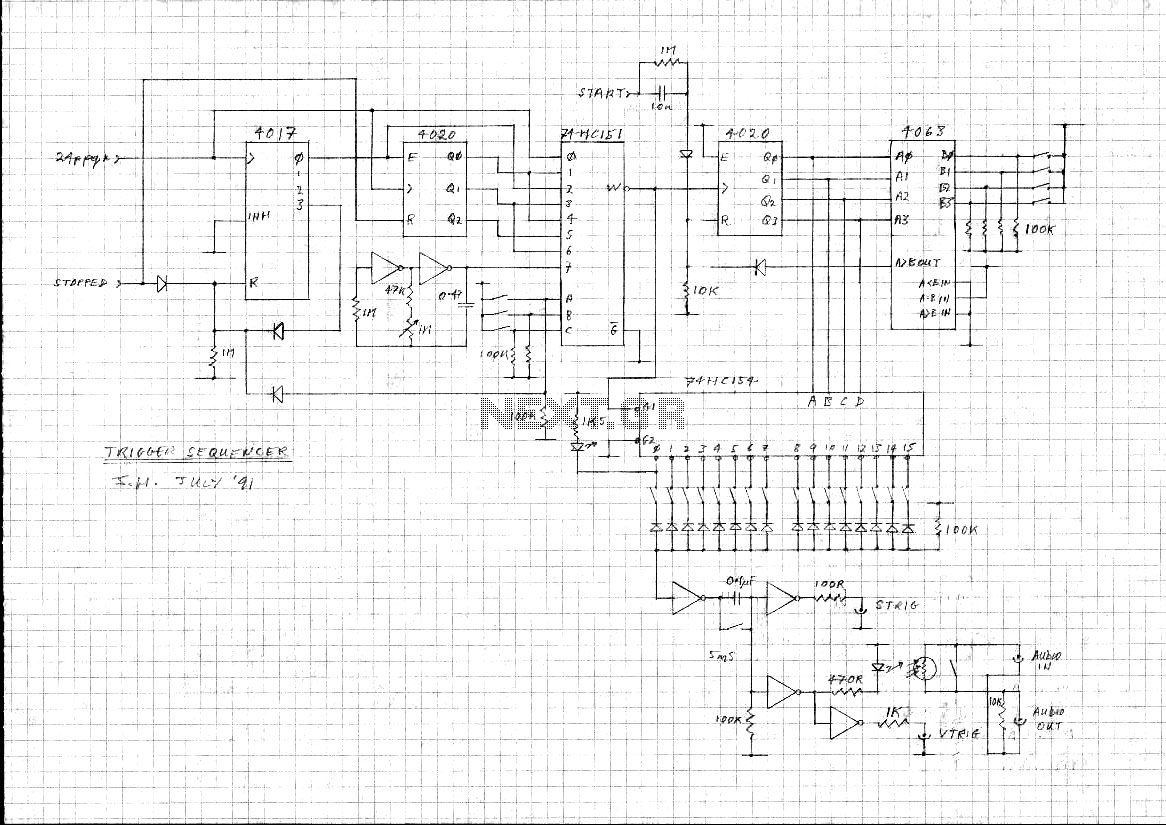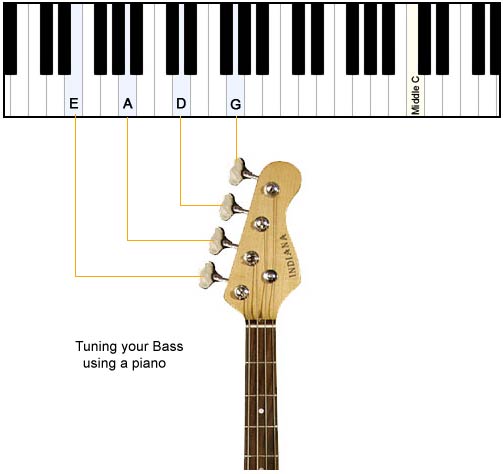
For example, the 5 th fret harmonic on the E-string will match the 7 th fret of the A-string. When strings are in-tune, the harmonic on the 5 th fret of the lower string should match the 7 th fret of the next higher string. You must touch the string directly over those frets, not in-between. The two we need for tuning occur over the 5 th and 7 th frets. Harmonics only ring out well at very exact points on the string. Harmonics are produced by lightly touching-not pressing-a string with a finger on one hand at a specific point and plucking with the other. Harmonics are special bell-like tones that occur at many points (or nodes) along a string. Tuning with Harmonics What Are Harmonics? Many bassists tune with the 5 th fret method, but there's another way-using harmonics. If you're worried the string will break, loosen it and start again. It takes a good bit beyond the main note, but breaking a string this way happens to a lot of new bassists.

Otherwise, if you tighten the string more than you should, it may snap. If you can't tell whether you're too high or low, I suggest loosening the string a lot so you know you're well below the target note. Turn the tuning key until the two notes match. To tune your next string, play the 5 th fret note of a tuned string and your open string at the same time.

You don't need to work out the alphabet each time. Here's the good news: with each in-tune string, you'll find a reference note for the next string on the 5 th fret. If you remember your musical alphabet, you can find an A moving through the alphabet along the E-string.the open string is E, first fret is F, second fret is F#, third fret is G, fourth fret is G#, and, finally, the fifth fret is A. All you need to do is find an A on your in-tune E-string. So, after your E-string is in-tune, the next step is to tune your A-string. Think about it, if a string is in-tune, then the other notes up and down that string will also be in-tune. Once you have one string in-tune, we can tune the other strings to it. Most people start with their lowest-pitched string (E on a 4-string bass, B on a 5-string), but you could start with any string. The first tuning step is to tune a single string on your bass to the appropriate reference note. If you've ever heard an orchestra tuning up, you'll typically hear the oboe play the note A, and all the musicians tune to it. But, there are many sources of reference notes: a piano or guitar that's in-tune, there are pitch forks and pitch pipes which generate a specific note, or even a recorded song works. Luckily, you can find bass tuning reference notes in the tools section of StudyBass.

In order to tune by ear, you need some sort of reference point. That is, the fattest string is B, next string E, next string A, next string D, skinniest string G. That is, the fattest string is E, next string A, next string D, skinniest string G. We want to tune to the following tuning standards: Standard Tunings for Bassįirst, you need to know our goal. Even though there are easier ways to tune (coming next), it's very important to learn to tune your bass by ear, that is, listening to the notes of your bass and adjusting them accordingly.


 0 kommentar(er)
0 kommentar(er)
